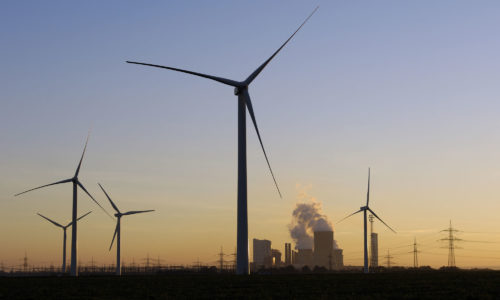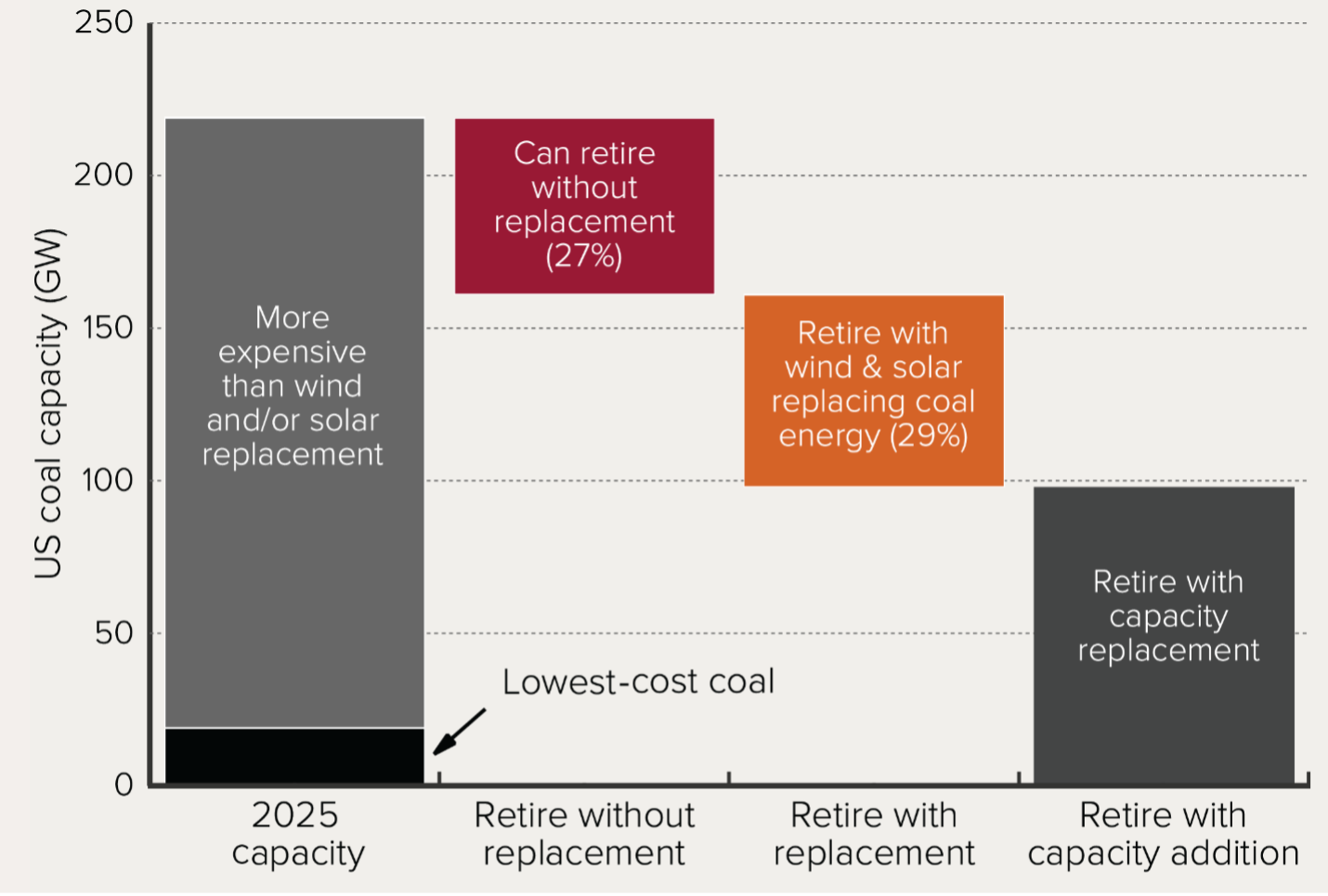
Report | 2021
Cutting Carbon While Keeping the Lights On
Leveraging Excess Capacity to Kickstart a Clean Electricity Future
It is now well documented that economic pressures are forcing many US coal plants to retire. However, utilities and regulators often raise concerns that retiring uneconomic plants risks reliability and resource adequacy. In Cutting Carbon While Keeping the Lights On, we examine the state of resource adequacy nationwide. While some regions are short on capacity—including Texas and California, where recent blackouts occurred—most of the United states still has excess dispatchable capacity well in excess of reserve margins.
Crucially, the analysis shows that we can retire 27 percent of the existing US coal fleet without any replacement, while still allowing regions to meet their reliability reserve margins. The region with the most excess capacity, by far, is PJM. Further, our analysis shows that another 29 percent of current coal generation can retire and be replaced with lower-cost wind and solar, without the need for additional resources. The remaining US coal fleet can retire with cost-effective clean energy portfolios.

Cutting Carbon While Keeping the Lights On is intended as a resource for policymakers at the state and federal level, as well as advocates, wind and solar developers, and other energy market stakeholders. Through a better understanding of the opportunities available to retire costly legacy coal plants, we can cut carbon, save consumers money, and still keep the lights on.
